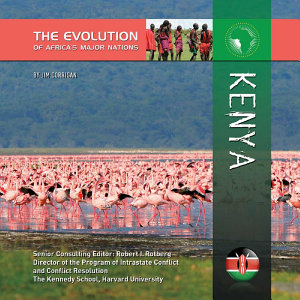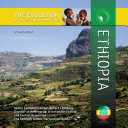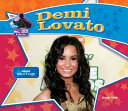Kenya
Jim Corrigan
ก.ย. 2014 · Simon and Schuster
eBook
80
หน้า
family_home
มีสิทธิ์
info
reportคะแนนและรีวิวไม่ได้รับการตรวจสอบยืนยัน ดูข้อมูลเพิ่มเติม
เกี่ยวกับ eBook เล่มนี้
Many anthropologists believe the human species originated in Kenya's Rift Valley, where hominid skulls more than 2 million years old have been discovered. That fact alone would make Kenya an important place. But this East African nation has many other extraordinary characteristics: diverse terrain, a remarkable variety of plant and animal life, and a fascinating blend of cultures and languages among its people. The political system in Kenya is far from ideal. Historically, government corruption has been a major problem. However, the country adopted a new constitution in 2010 and is considered one of the most stable in Africa. Kenya has a free press and multiple political parties that compete in national elections. The country has also been fortunate to escape the chaos that has affected many neighboring countries in East Africa.
ให้คะแนน eBook นี้
แสดงความเห็นของคุณให้เรารับรู้
ข้อมูลในการอ่าน
สมาร์ทโฟนและแท็บเล็ต
ติดตั้งแอป Google Play Books สำหรับ Android และ iPad/iPhone แอปจะซิงค์โดยอัตโนมัติกับบัญชีของคุณ และช่วยให้คุณอ่านแบบออนไลน์หรือออฟไลน์ได้ทุกที่
แล็ปท็อปและคอมพิวเตอร์
คุณฟังหนังสือเสียงที่ซื้อจาก Google Play โดยใช้เว็บเบราว์เซอร์ในคอมพิวเตอร์ได้
eReader และอุปกรณ์อื่นๆ
หากต้องการอ่านบนอุปกรณ์ e-ink เช่น Kobo eReader คุณจะต้องดาวน์โหลดและโอนไฟล์ไปยังอุปกรณ์ของคุณ โปรดทำตามวิธีการอย่างละเอียดในศูนย์ช่วยเหลือเพื่อโอนไฟล์ไปยัง eReader ที่รองรับ




